Which experimental designs to use in fNIRS — Event-related design
In fNIRS experiments, it is crucial to choose the right experimental design. The choice hereby can depend on various factors. In our first post of this blogpost series, we explained which general points have to be kept in mind when designing an fNIRS experiment. In our second blogpost, we focused on the block design, its advantages and recommendations for application in fNIRS studies. In this blogpost, we will introduce the event-related design, discuss its characteristics, advantages and considerations, and give recommendations on how to set up an event-related experiment for fNIRS measurements
What is an event-related design experiment?
In comparison to block design, event-related experiments focus on the presentation of single stimuli/events. Hence, event-related design can be chosen for an fNIRS experiment, if interested in looking at the neural response to single events. These stimuli can be presented at any time and the interval between stimuli (inter-stimuli interval (ISI)) can vary, as shown in Figure 1. Further, it is possible to include different stimuli in one experiment and the order of stimuli can be randomized.
Figure 1: Scheme of an event-related design study
Event-related design is commonly used in fNIRS studies, especially when experiments are performed in naturalistic settings. One example could be driving on a street, while fNIRS is applied to measure relative concentration changes in oxygenated and deoxygenated hemoglobin reflecting neural activity. Stimuli could be, for instance, active events that might require actions, such as red lights, or pedestrians crossing the street, and rather passive events, such as disturbances like kids playing on the pedestrian way. Then, the hemodynamic response per stimulus is analyzed. Brain activity can be analyzed per event or per event condition. Events are single trials, for instance, a red light, other cars, or kids playing on the street. Event conditions can be a group of single trials that are related, for instance, the active events vs. disturbances.
Further, event-related design is frequently used in combination with other neuroimaging modalities, such as electroencephalography (EEG). Due to higher temporal resolution EEG enables isolation of the response to individual trials, which makes event-related studies a popular design in EEG research.
Advantages of using event-related design in fNIRS
In comparison to block design, event-related design enables to isolate the hemodynamic response for individual stimuli
As the response to one specific stimulus is measured, event-related studies can provide detailed information on the timing and magnitude of the hemodynamic response/brain activity
As the interval between stimuli can vary, event-related studies can be performed in different settings and are especially suitable for out-of-the-lab experiments in naturalistic settings
As mentioned above, event-related design is common in neuroimaging experiments, and hence can therefore often be used in multimodality experiments, for instance when combining fNIRS with EEG
Considerations & recommendations when using event-related design in fNIRS
Consideration: Establishing a stable response
Compared to the response of a block over trials, the activation of a single trial or stimulus is not strong and provides a weaker hemodynamic response. Hence, statistical power might be insufficient, if too little stimuli per conditions are included in an experiment.
Recommendation: Repeat and average over stimuli/trials
To achieve a stronger response and sufficient statistical power, it is recommended to repeat stimuli of the same condition and average over stimuli multiple times. The number of repetitions per trial depends on various factors such as the study design, task measurement area, and participant characteristics such as age and condition (healthy vs. patients).
Consideration: Duration of Inter-Stimuli-Interval (ISI)
As mentioned above, the ISI can vary within an experiment. In fNIRS experiments, it is important to keep in mind that the hemodynamic response is rather slow. This means that neural activity shows only after 2 / 3 seconds and peaks after 5-10 seconds. Hence, in case of a short ISI of, for instance, 3 seconds, overlapping hemodynamic responses from consecutive stimuli can occur. Longer ISI of, for instance, 10 seconds can prevent these overlaps. However, long ISI can lead to a time-inefficient study design.
Recommendation: Choose a suitable ISI duration and a suitable amount of conditions
To prevent overlap of the hemodynamic response, but keep the experiment time-efficient, the ISI should be chosen carefully. The ISI might vary depending on each experiment, or within an experiment, per stimulus/condition, depending on different factors. Hence, it should be defined for each experiment or stimulus/condition separately. Further, the number of different stimuli/conditions presented can influence the duration of the experiment. To avoid fatiguing participants, minimizing the variety of stimuli or stimulus conditions can also help to avoid time inefficiency.
Consideration: Sensitivity for periodic physiological confounds
Although the correlation effects of physiological confounds is smaller in event-related compared to block design, it is important to keep in mind, that physiological confounds still can play a role in event-related designs, depending on ISI.
Recommendation: Jitter your ISI
To minimize the influence of physiological confounds in event-related studies, it can be recommended to jitter the ISI. Hence, variable durations between events can be chosen. The stimuli can further be randomized, which might help to avoid participants anticipating the order of the presented stimuli.
In this blogpost, we discuss the application of event-related design in fNIRS studies, explain its advantages and disadvantages, and give recommendations for a successful performance of research with event-related design. If you have any specific questions regarding your experimental setup, please contact us at askforinfo@artinis.com. If you would like to learn more about experimental design in multimodality measurements, please also read our blogpost on experimental design in fNIRS-EEG measurements.










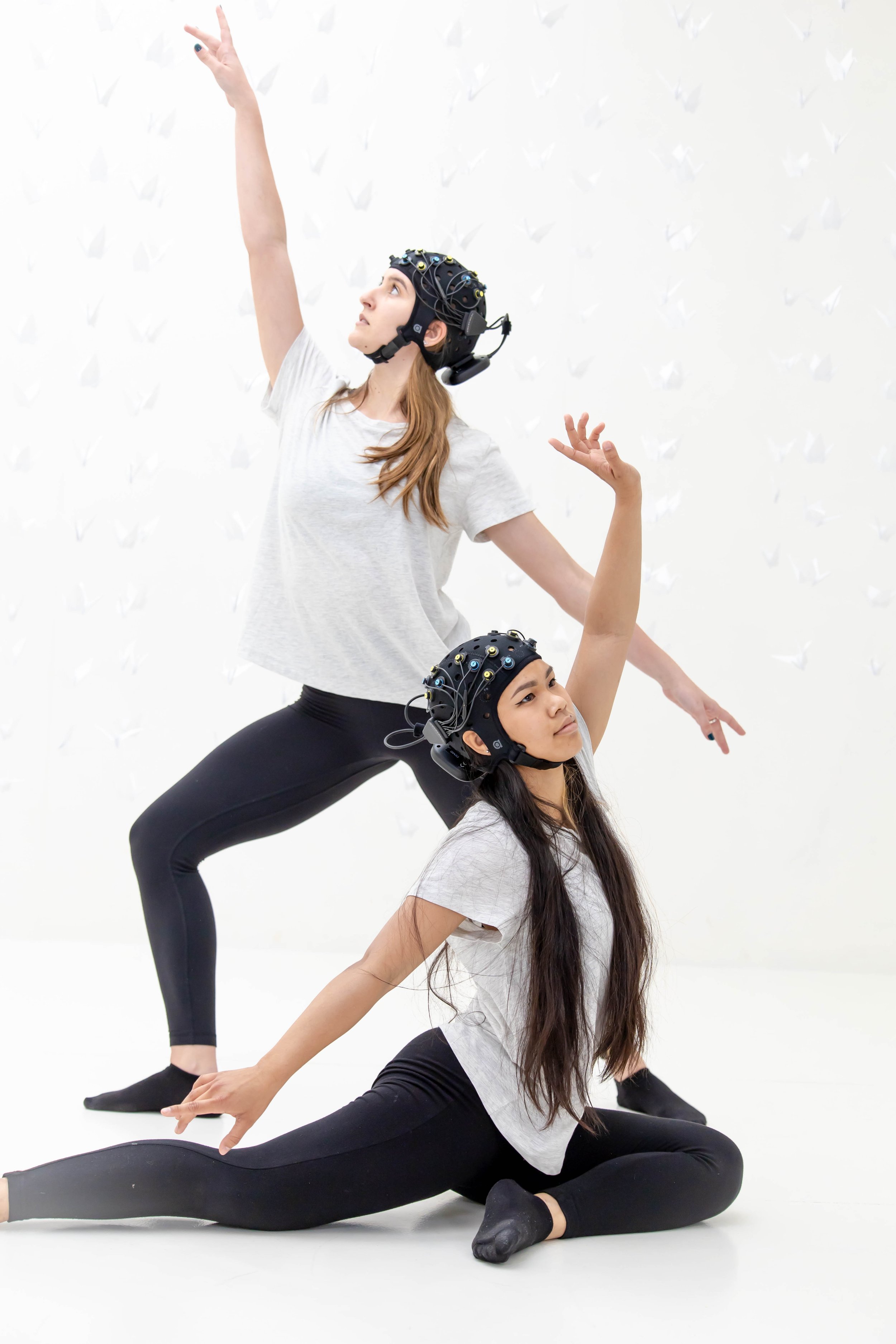
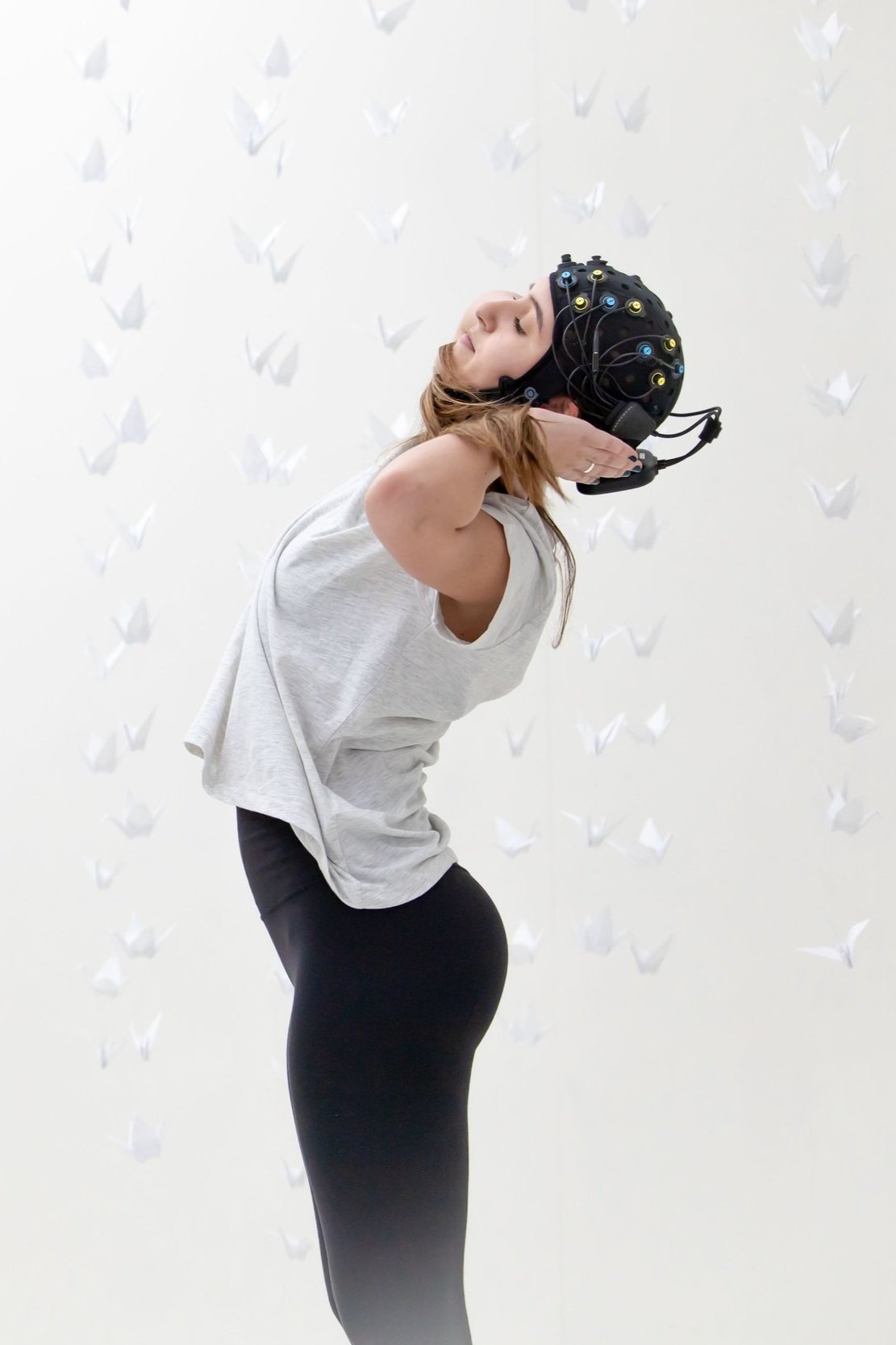
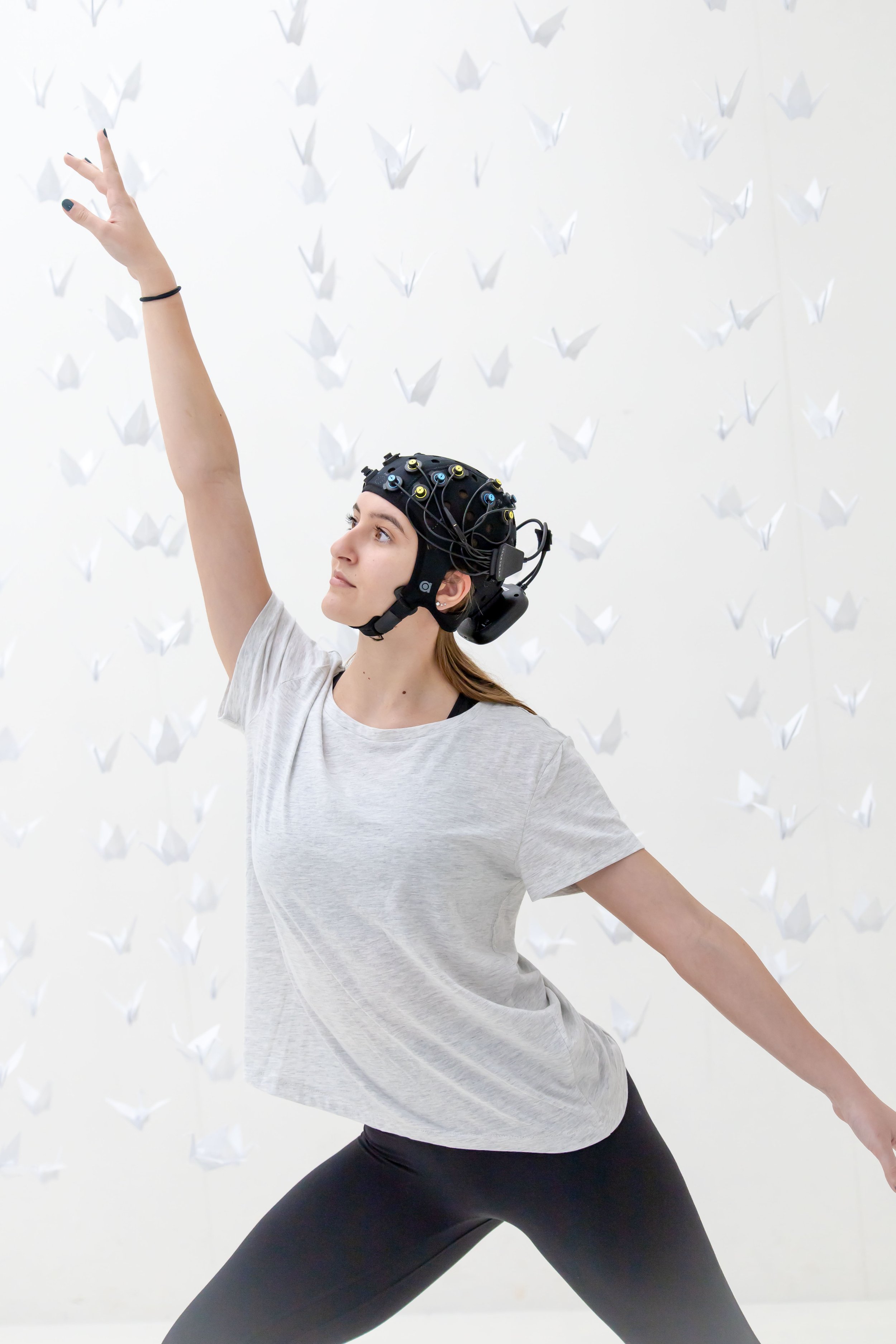

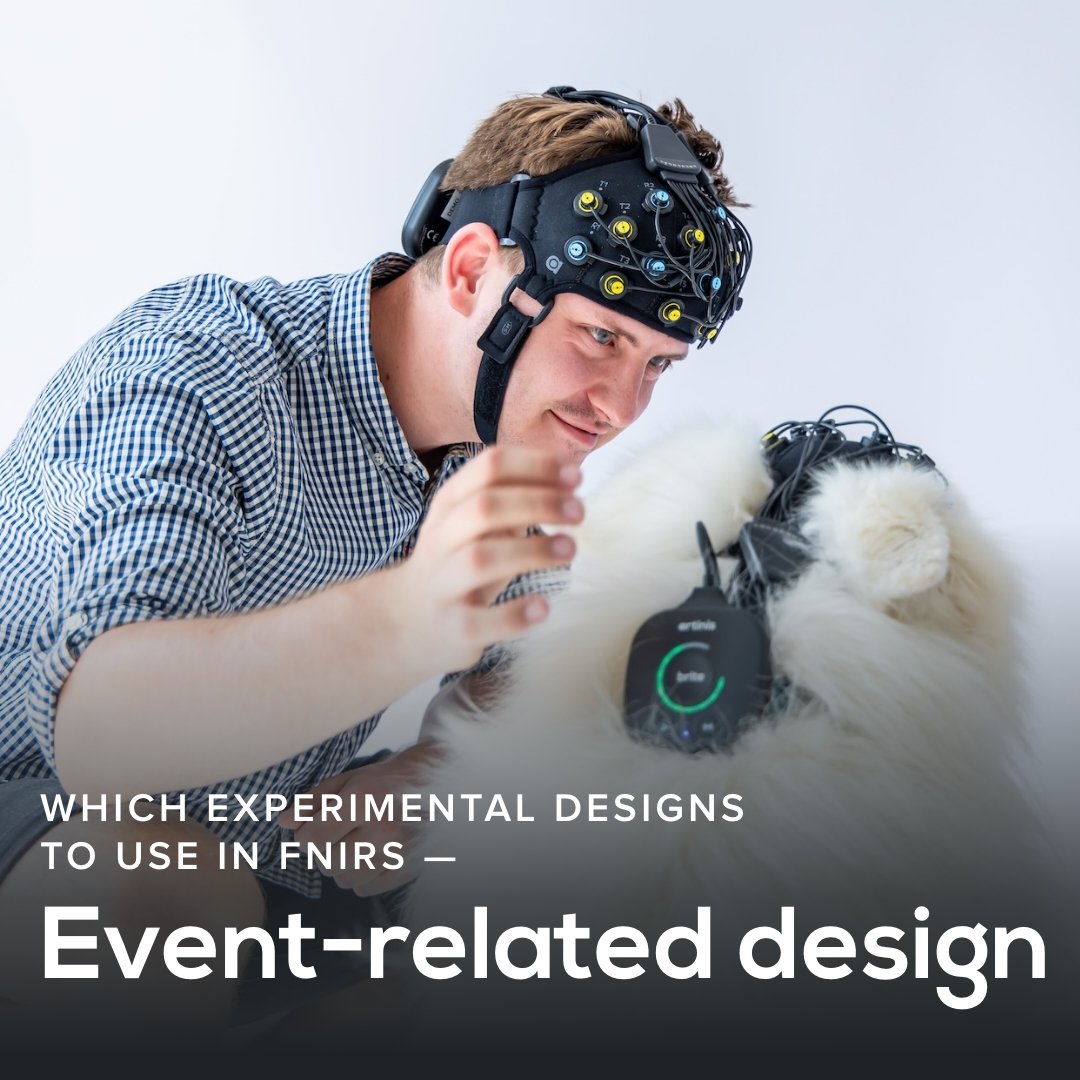
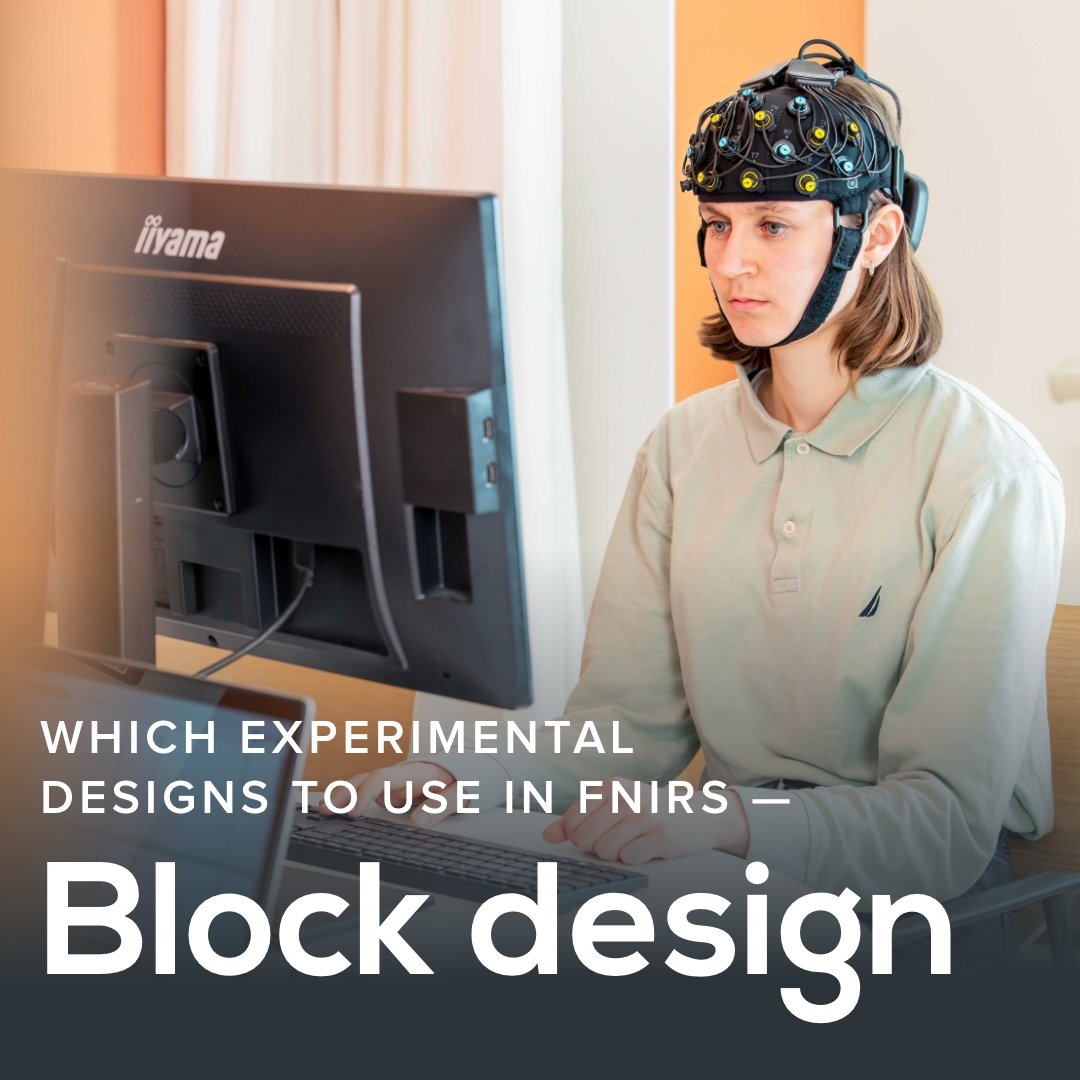
In fNIRS, achieving high data quality is crucial for reliable results, but it can still bear challenges due to hair or skin pigmentation, especially when using fNIRS systems with a higher channel number. In this blog, we present automated signal quality assessment methods that can serve as an efficient solution to detect good and poor data quality in fNIRS measurements.